HSB Turning Torso in Malmö (Sweden) - 190 meter building in the shape of a twisted torso
Where is located HSB Turning Torso?
Address of HSB Turning Torso is Malmö, Sweden
show on map
When was built HSB Turning Torso?
Built date of HSB Turning Torso is February 14, 2001 - commencement of construction
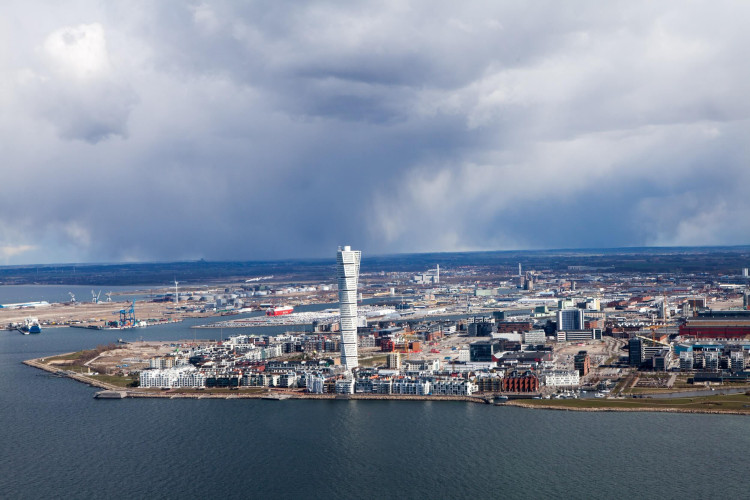
Facts, informations and history of HSB Turning Torso
This building in the shape of a twisted male torso has 54 floors and 190 meters high.
The building consists of 9 five-story cubes twisted to the left the higher. The top of the top segment is twisted by 90% compared to the lowest.
In the two lowest segments there are offices, segments from 3 to 9 are 149 luxury apartments with areas ranging from 45 to 230 square meters.
There are 5 lifts installed in the building, 3 for residents in the building and 2 for workers. All elevators move vertically upwards along the central core, not like a tower in a winding line.
25,000 cubic meters of cement were used for construction.
Fire protection: each room has a system of water sprinklers on the ceiling, and its own emergency power supply and a separate water tank. One of the elevators also has its own power supply used in the event of evacuation.
The building was designed to resist the winds. Its tip deviation with a wind reaching 44 meters per second is just 30 centimeters and is almost unnoticeable.
Santiago Calatrava skyscraper designer made a similar project for Chicago, called Fordham Spire, will be 610 meters high, and will be completed in 2009. Another project Infinity Tower modeled also on Turning Torso will be built in Dubai in 2009.
In 2005, Turning Torso was awarded the best building in the Emporis Skyscraper Award competition.
Architect of HSB Turning Torso

How many meters have HSB Turning Torso?
Height of HSB Turning Torso is 190 meters

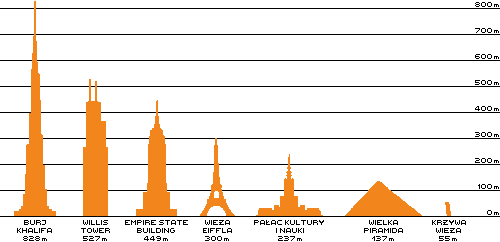
Construction/building type
Building HSB Turning Torso is of type Skyscraper
Architectural style
Architectural style of HSB Turning Torso is Modern
Modern architectural style is a style characterised primarily by simple and regular forms, a lack of ornamentation and the use of modern building materials. It is significantly different from other architectural styles, such as Baroque, Gothic or Renaissance, where more complex forms and rich ornamentation predominated. ... czytaj więcej.
What material is the building made of?
HSB Turning Torso is made of the following materials: White marble, metal
Cost
Build cost of HSB Turning Torso is Ok. 1.6 billion Swedish kronor
Official website
The official website of the building, where up-to-date information can be found, is http://www.turningtorso.se
Photo gallery Add photo
Location on map / How to get there


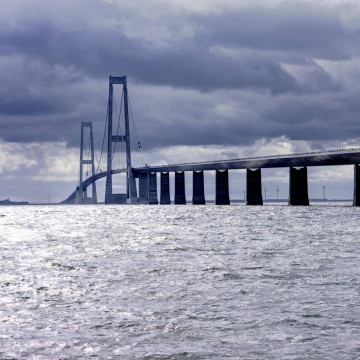
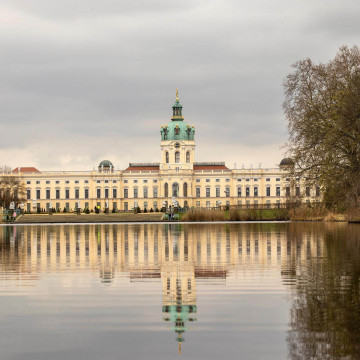
















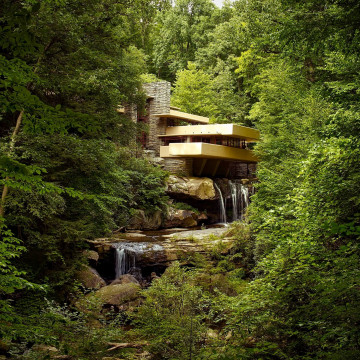

Comments to HSB Turning Torso (8) Average rating: 5 Add comment / Rate building
Based on 8 comments